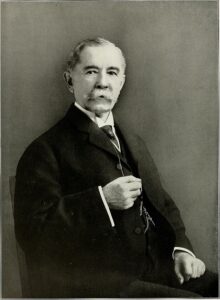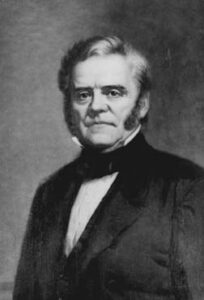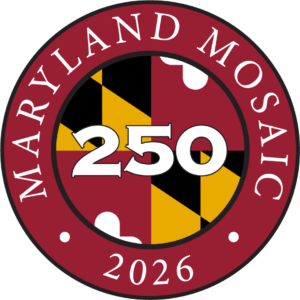Faced with the emergency of World War II, the U.S. Navy purchases over 6000 acres of property in Southern Maryland in 1942 and begins constructing a naval air station on Cedar Point at the mouth of the Patuxent River. Using eminent domain, the Navy quickly takes over the plantations of families who have lived on the property for generations.
Another emergency base is created in nearby Solomons in August, 1942. The Naval Amphibious Training Base is the first official naval base for amphibious training and, by April, 1945, has trained 67,698 troops. These soldiers and sailors, including the naval Underwater Demolition Team, are trained for invasions of Guadalcanal, North Africa, Sicily and Normandy.
The Patuxent Naval Air Station grows quickly into the U.S. Navy’s center for the development of its air power. In 1958, it becomes the navy’s test pilot school and trains four of the original astronauts, Wally Shirra, John Glenn, Alan Shepard and Scott Carpenter. James Lovell, the commander of Apollo 13, graduates first in his class from the test pilot school.
Today Pax River employs 17,000 and continues to grow as it changes the face of the former rural character St. Mary’s County. The county’s largest city, Lexington Park, has grown from the small crossroad community of Jarboesville.






